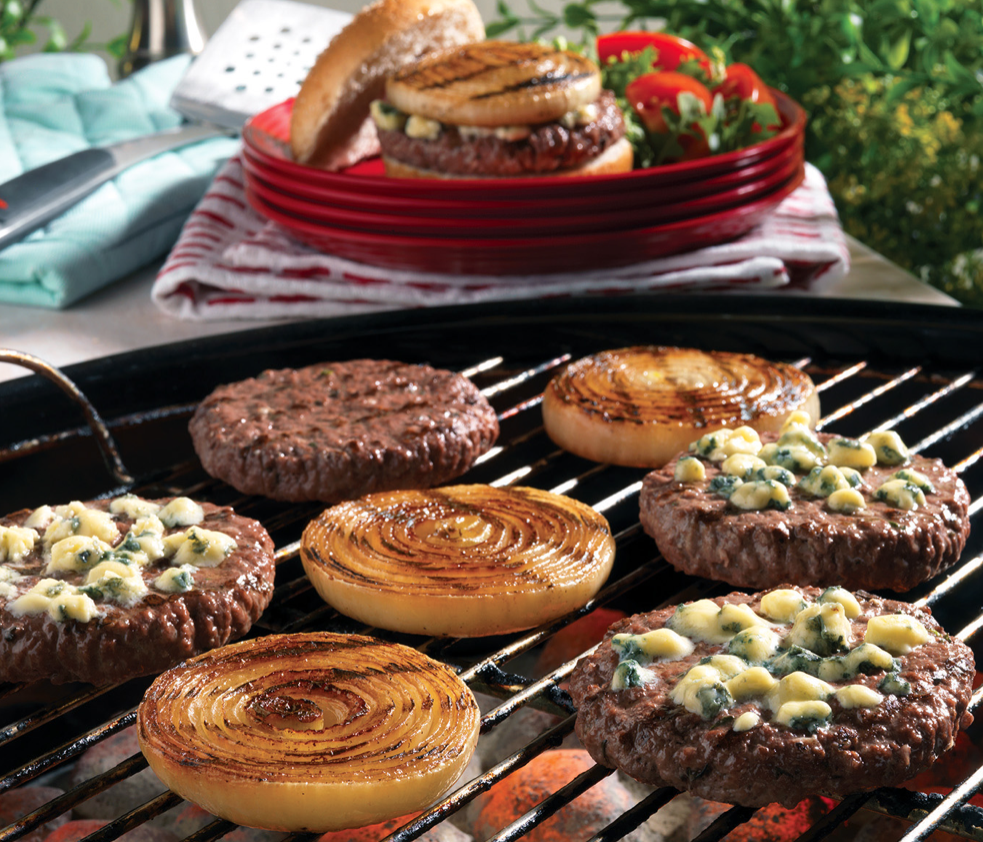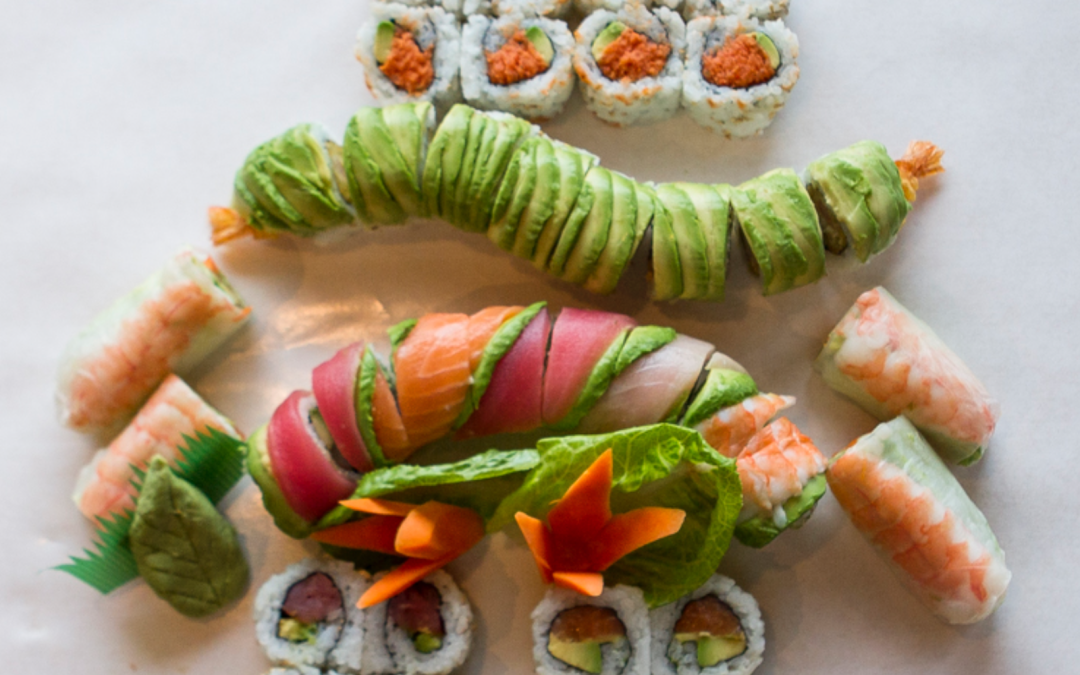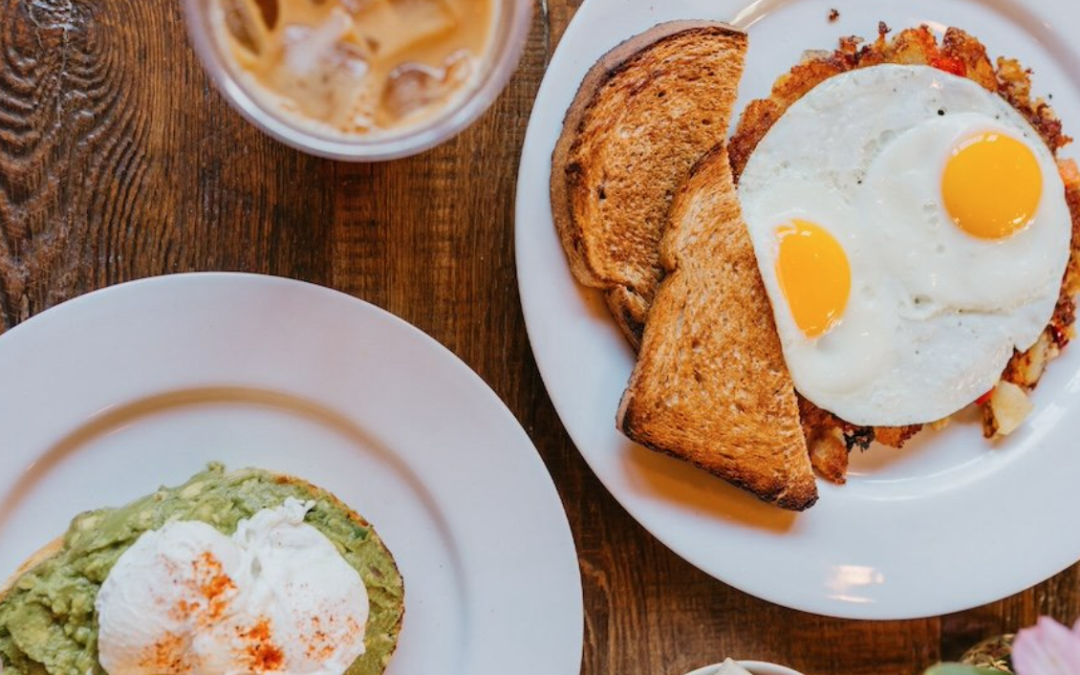Barbecue enthusiasts around the globe share a passionate connection with this time-honored cooking tradition that transcends mere food preparation. From backyard gatherings to competitive festivals, barbecue represents community, craftsmanship, and cultural heritage wrapped in tantalizing aromas and flavors. This beloved cooking style has evolved through centuries while maintaining its essential character – the magic that happens when food meets flame under the watchful eye of a dedicated pitmaster.
The Origins and Evolution of Barbecue
The journey of barbecue begins with the Spanish term “barbacoa,” which referred to a cooking method practiced by indigenous peoples of the Caribbean. This traditional approach involved digging a hole in the ground and suspending meat above a pot to catch drippings – a far cry from today’s backyard setups but embodying the same fundamental principles.
As European settlers adapted these techniques to their own needs and available resources, barbecue gradually became an integral part of American culinary identity. The cooking method spread across regions, each developing distinctive styles based on local ingredients, cultural influences, and environmental conditions.
Over centuries, barbecue’s evolution has been marked by technological advances and cultural exchange, yet its soul remains remarkably unchanged. While early practitioners cooked exclusively over open pits, modern enthusiasts might use sophisticated smokers with temperature controls or high-tech grills.
Despite these innovations, the essence of barbecue continues to honor its traditional roots – the patience required for low-and-slow cooking, the artful balance of smoke and heat, and the communal experience of sharing flame-kissed food. This culinary tradition has transcended its utilitarian origins to become an American cultural institution celebrated in festivals, competitions, and even museum exhibitions like “Barbecue Nation” at the Atlanta History Center.
BBQ Cooking Methods and Techniques
The magic of barbecue lies in its diverse cooking methodologies, each offering unique flavor profiles and textures that showcase the versatility of this ancient cooking art. Traditional smoking involves cooking food at temperatures typically between 225-275°F for extended periods – sometimes up to 20 hours for larger cuts like brisket – allowing tough connective tissues to break down while infusing meat with complex smoke flavors.
This patient approach, often called “low-and-slow,” defines authentic barbecue and stands in contrast to direct grilling. Meanwhile, braising techniques combine dry and moist heat, often starting with a sear before food is partially submerged in liquid and cooked covered, creating fall-apart tender results cherished in dishes like pulled pork.
Beyond these core techniques, modern barbecue enthusiasts embrace additional methods that expand the possibilities of outdoor cooking. Baking on the grill, once considered unconventional, has become increasingly popular for everything from pizzas to desserts, utilizing indirect heat with a closed lid to create oven-like conditions.
Roasting larger cuts or whole animals evokes barbecue’s most ancient traditions while offering spectacular centerpieces for gatherings. Grilling – the rapid cooking over direct, high heat – might not qualify as traditional barbecue to purists, but it remains the most accessible entry point for newcomers to outdoor cooking. What unites these varied approaches is their celebration of fire’s transformative power and the distinctive flavors that can only be achieved outdoors.
Regional BBQ Celebrations and Cultural Significance
Barbecue has cemented itself as more than just a cooking method – it’s a cultural institution commemorated through dedicated celebrations across America. May’s National Barbecue Month kicks off the summer grilling season, serving as a nationwide appreciation of this beloved tradition. In Kentucky, the International Bar-B-Q Festival transforms downtown Owensboro into a smoky paradise where cooking teams compete for barbecue supremacy while showcasing regional specialties like mutton, demonstrating how deeply embedded specific barbecue styles become within local identities.
Meanwhile, Memphis hosts the World Championship Barbecue Cooking Contest, drawing competitive teams from across the globe who battle for prestigious titles while celebrating the city’s rich barbecue heritage through music, community gatherings, and unforgettable food.
The cultural significance of barbecue extends beyond festivals to educational institutions that recognize its historical importance. The Atlanta History Center’s “Barbecue Nation” exhibition exemplifies this trend, offering visitors a journey through America’s barbecue traditions with artifacts, historical displays, and interactive experiences that highlight how this cooking style influenced American culture.
These celebrations and exhibitions reveal barbecue’s unique role as both a cuisine and a social practice – one that transcends regional boundaries while simultaneously preserving distinct local traditions. Throughout American history, barbecue gatherings have served as community anchors, political rallying points, family traditions, and entrepreneurial opportunities, particularly for Black pitmasters whose contributions shaped barbecue’s development.
This multifaceted cultural significance explains why barbecue enthusiasts defend their regional styles with such passion and why the tradition continues to thrive in an age of fast food and instant gratification.
Diverse BBQ Recipes and Innovations
The barbecue world has expanded far beyond traditional pork and beef offerings, embracing an exciting diversity of ingredients that showcase the technique’s remarkable versatility. Carolina Pulled Pork Cocktail Sandwiches represent barbecue’s soulful classics – tender meat simmered in smoky sauce and topped with creamy coleslaw creates perfect harmony in every bite.
For seafood enthusiasts, Grilled Prawns with Arugula Salad and Great Grilled Mackerel demonstrate how the grill’s intense heat can quickly transform delicate proteins, enhancing their natural flavors while adding subtle smokiness. International influences continue to reshape American barbecue traditions, evident in Filipino Barbecue Chicken Skewers marinated in banana ketchup sauce and South African-inspired Peri Peri Chicken with its distinctive chili heat. These global inspirations breathe new life into familiar cooking methods while honoring barbecue’s fundamental principles.
Perhaps most exciting is barbecue’s evolution toward unexpected ingredients that challenge conventional assumptions about grilled foods. Spicy Grilled Watermelon exemplifies this trend, transforming the summer fruit through heat that caramelizes its natural sugars. At the same time, complementary spices create a sweet-heat flavor profile impossible to achieve through other cooking methods.
Plant-based options have found their place on the grill as well, with the Jerk Pulled BBQ Jackfruit Sandwich offering a remarkably meat-like texture and appearance that satisfies even dedicated carnivores. Vegetables receive their own barbecue makeover in dishes like Grilled Potatoes and Red Onions with Mustard Vinaigrette and Grilled Corn with Chipotle Lime Butter, proving that the supportive cast can sometimes outshine traditional protein stars.
These innovations demonstrate barbecue’s continuous evolution while maintaining its essential character – the magic that happens when passionate cooks bring ingredients to flame with patience, creativity, and respect for tradition.






